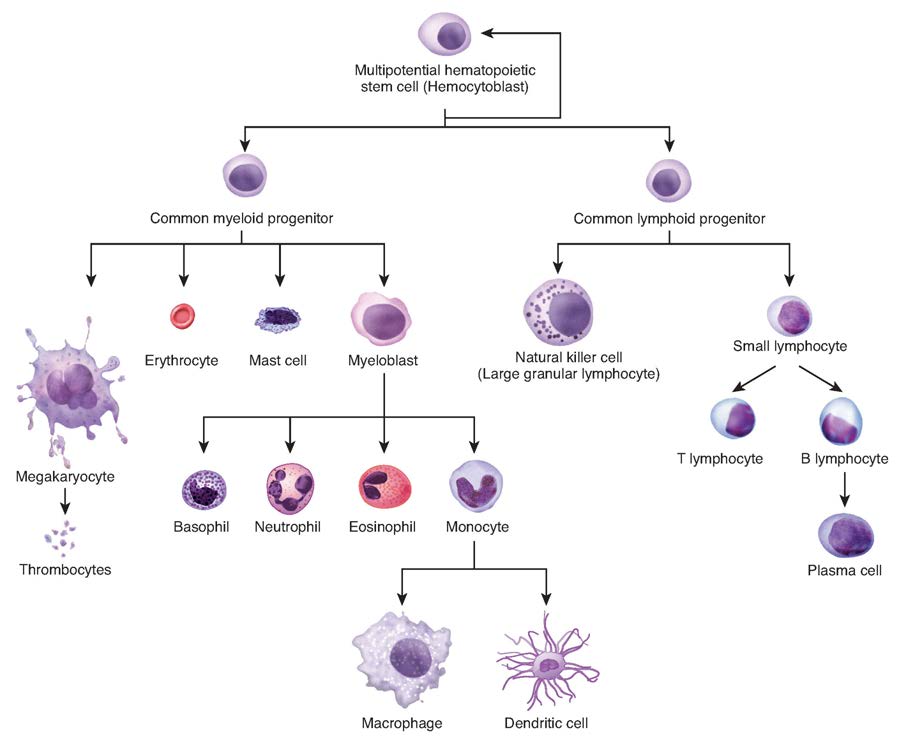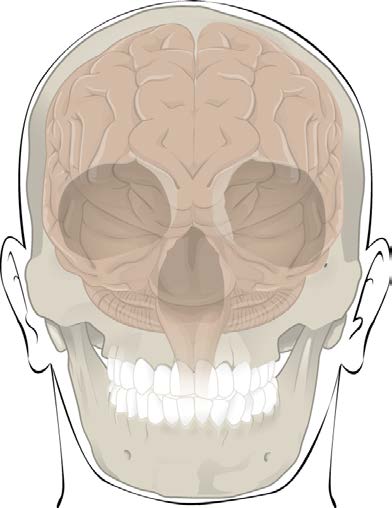4.4 Principal functions of the musculoskeletal system
Critical functions of the bones
- Hematopoiesis (formation of red blood cells)
- Mineral storage (99% of body’s calcium)
- Insufficient calcium intake thus leads to:
- a reduction of calcium storage in the bones and a corresponding reduction the bones’ “mechanical properties”
- an increased fracture risk
- Insufficient calcium intake thus leads to:
- Protection of the vital organs
- Support and motion
4.4.1 Hematopoiesis

@OpenStaxAnatomy2020 Ch. 3
The process of hematopoiesis involves the differentiation of multipotent cells into blood and immune cells. The multipotent hematopoietic stem cells give rise to many different cell types, including the cells of the immune system and red blood cells.
(slide credit: @OpenStaxAnatomy2020 Ch. 3)
4.4.2 Elements of the Human Body
Unlabelled Image Missing
The main elements that compose the human body are shown from most abundant to least abundant.
(slide credit: @OpenStaxAnatomy2020)
4.4.3 Protection of the vital organs
- Distribute loads (stiff cortical bone)
- Absorb energy (softer cancellous bone)
Examples follow:
4.4.3.1 Bones protect the brain

- The cranium completely surrounds and protects the brain from
traumatic injury
- Distributes load and absorbs energy
- Others protective bones
- Ribs, spinal cord, etc
4.4.4 Support and motion
@Bartel2006
- Provide a framework for force and motion necessary for living
- Bone and joints act as levers, muscles act as actuators
- Muscles apply forces at some moment arm, creating torques to rotate a joint
- Consequences of muscle attachment points (relative to joint position)?
- Disadvantage – loads on joints and muscles are larger than the functional loads applied to the body
- Advantage – small muscle displacements cause large rotations and fast motion